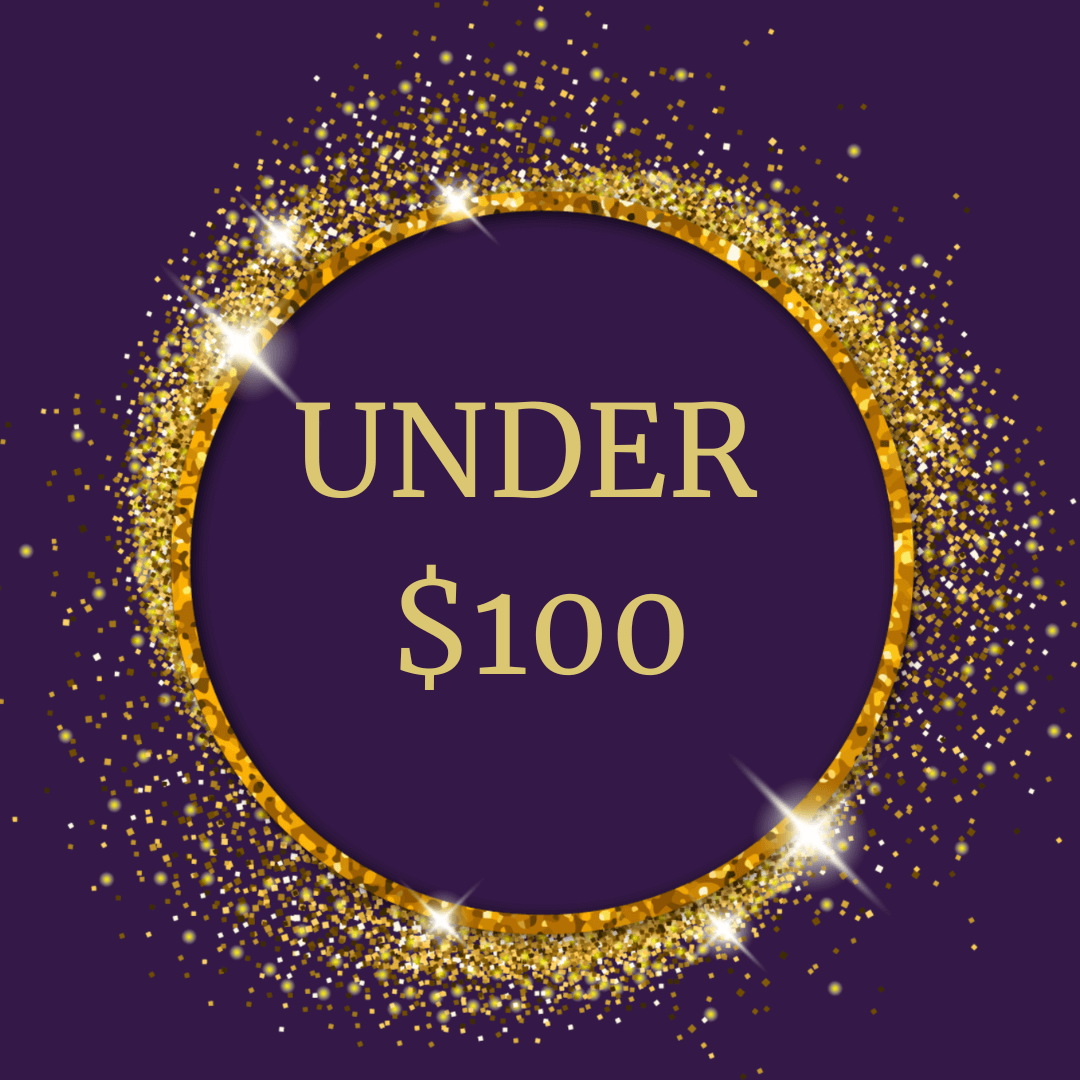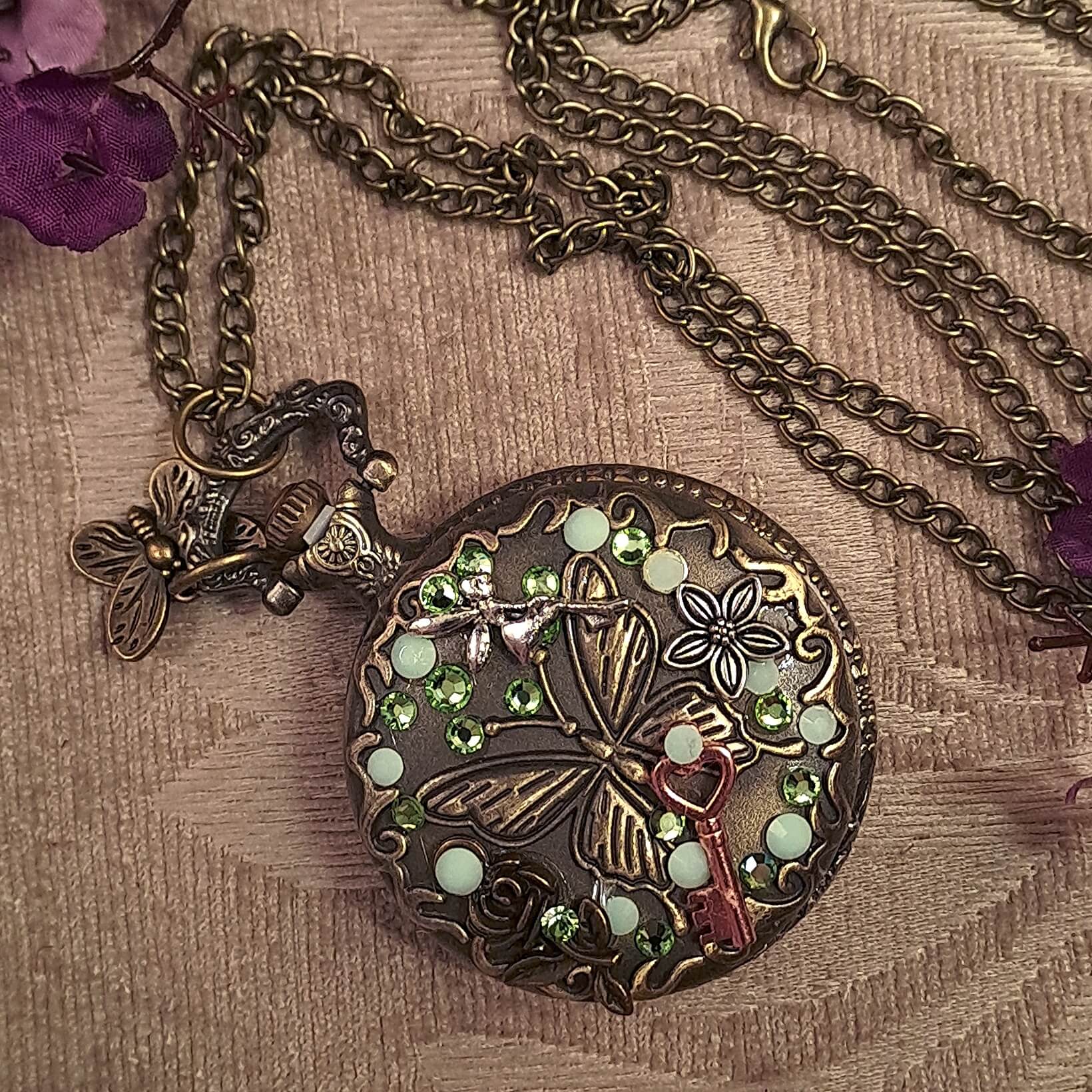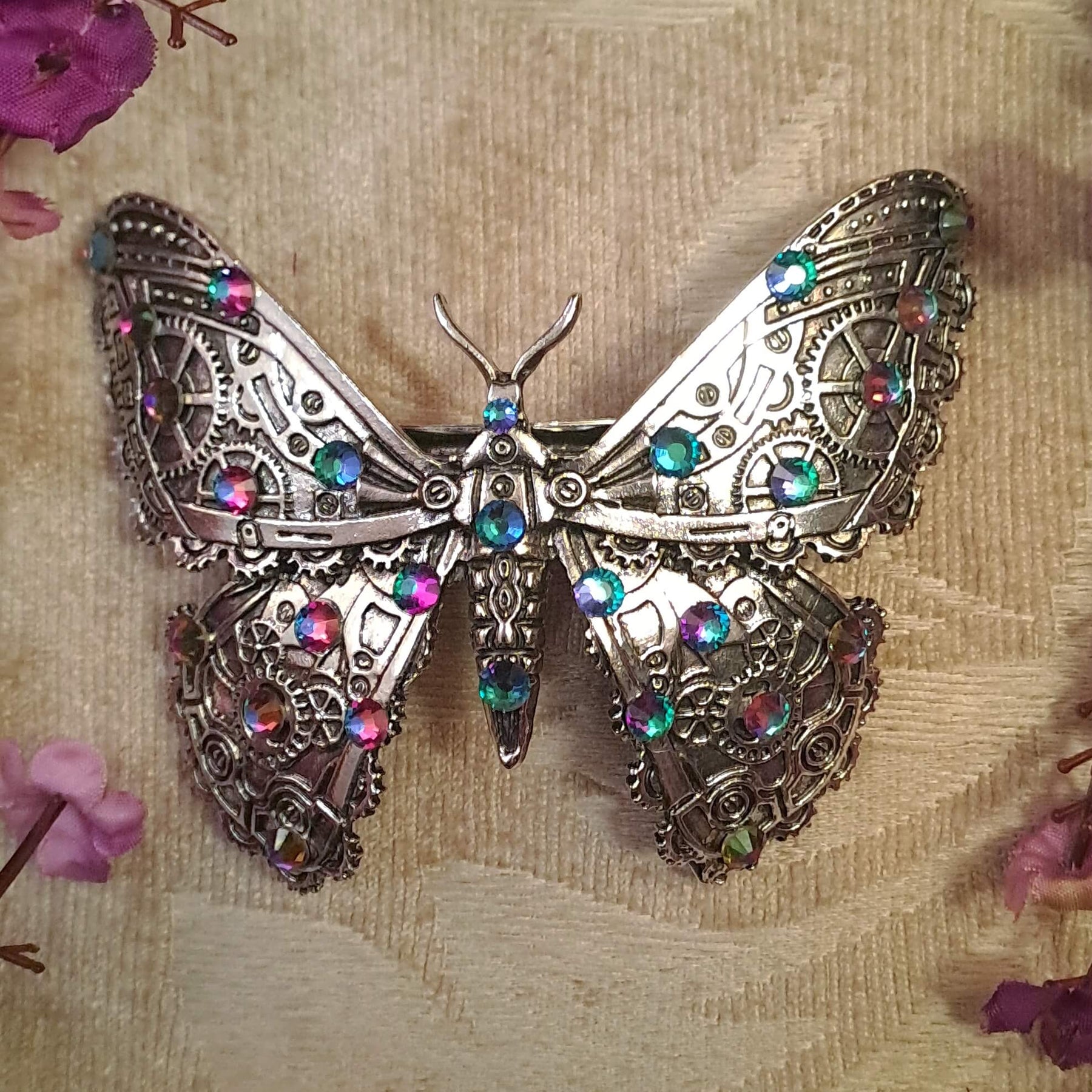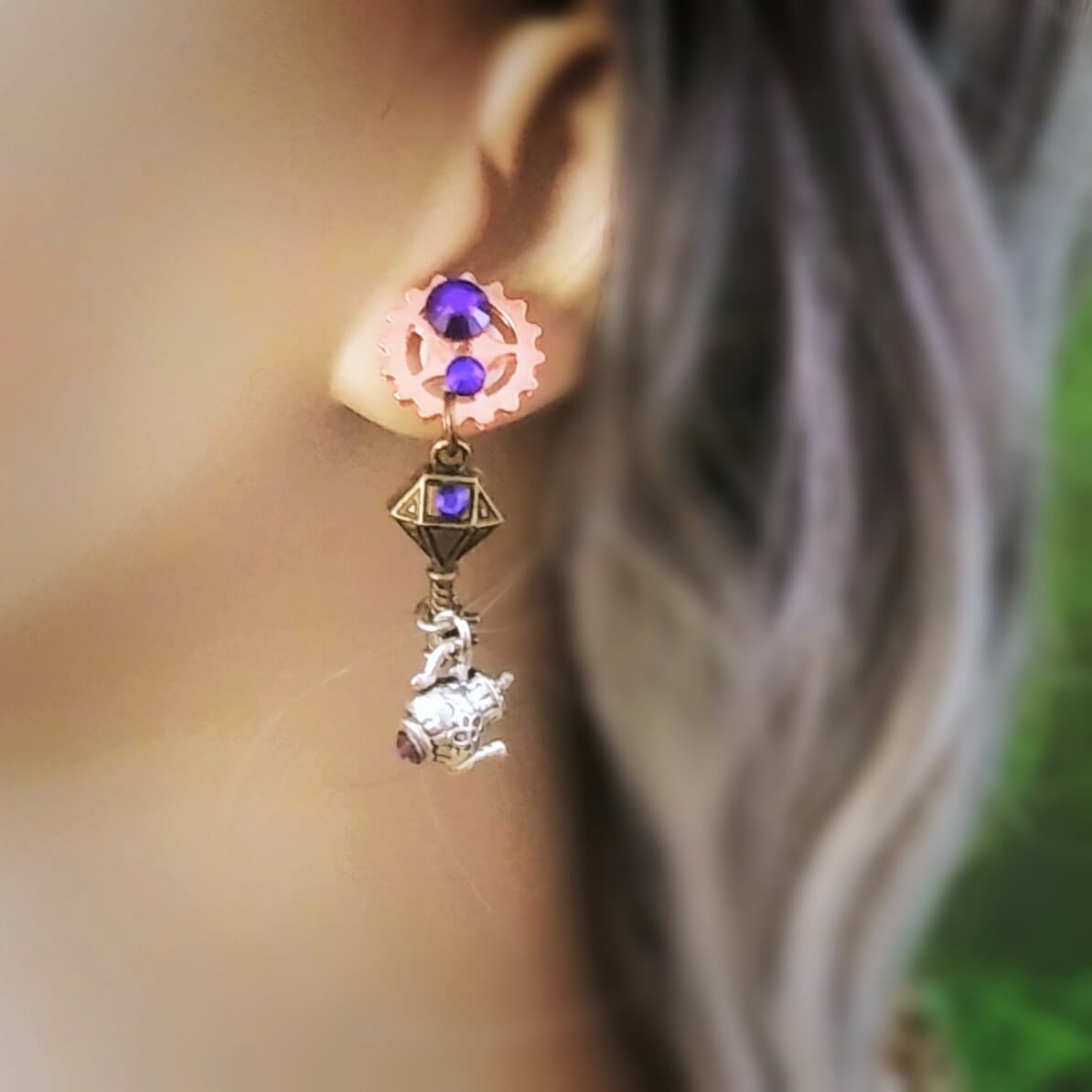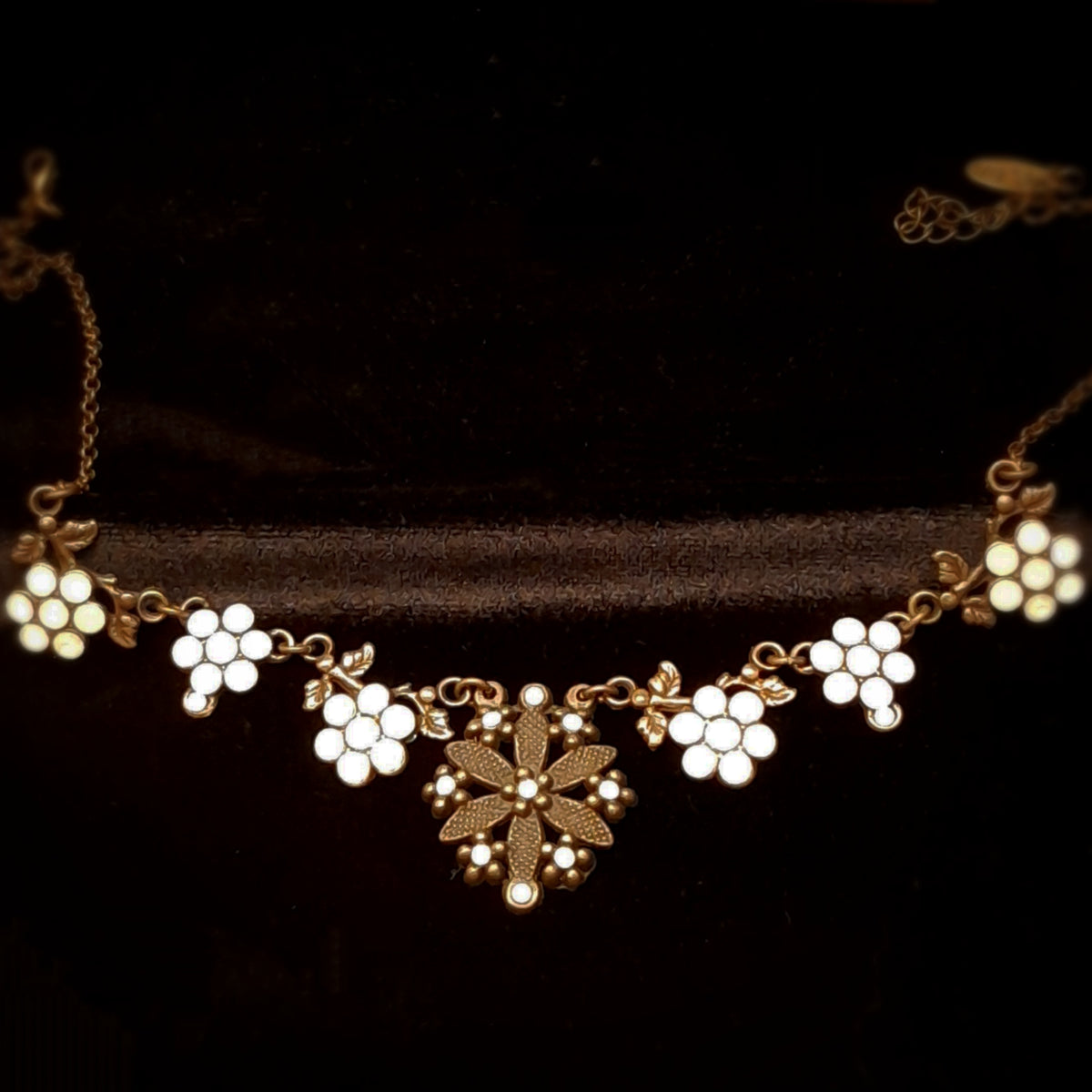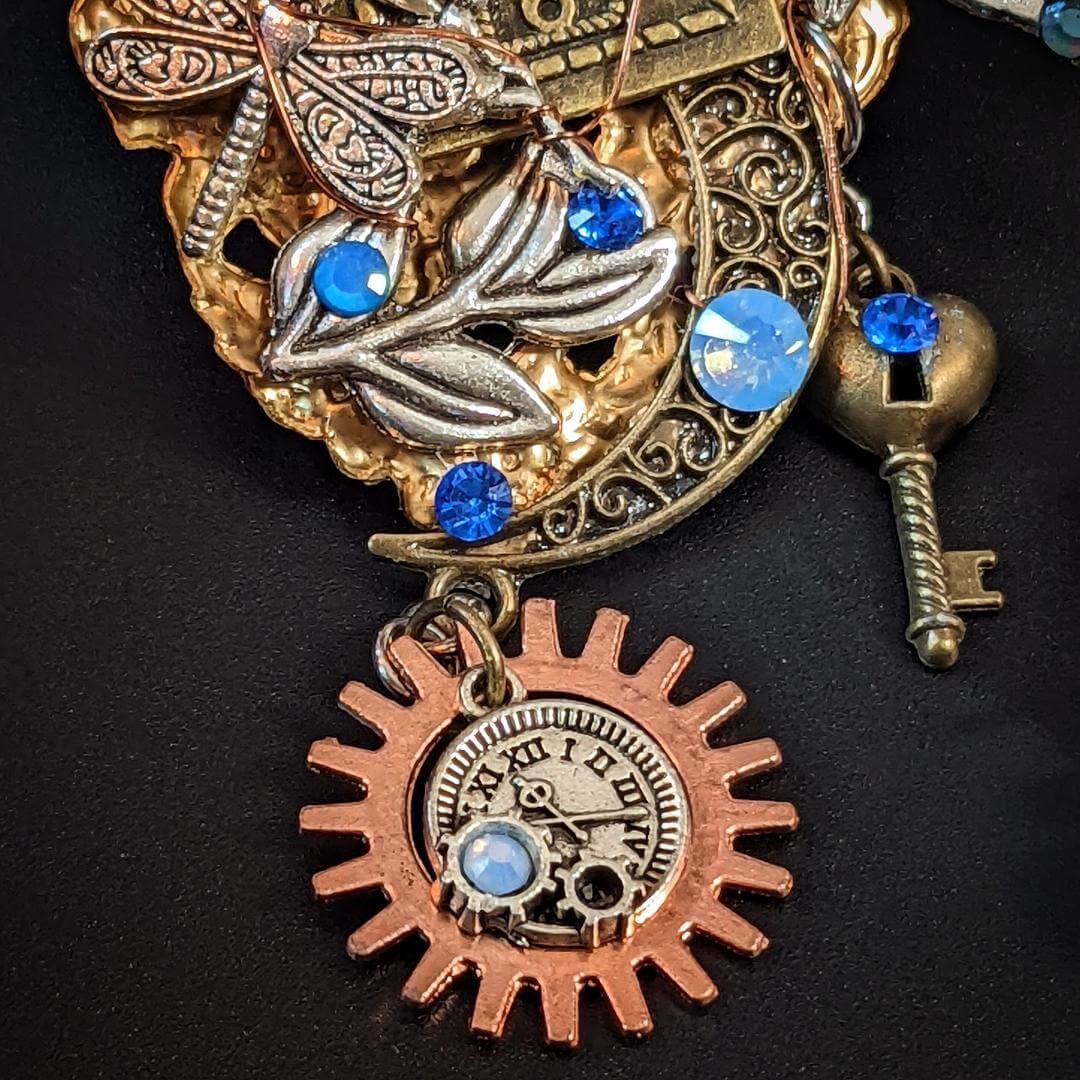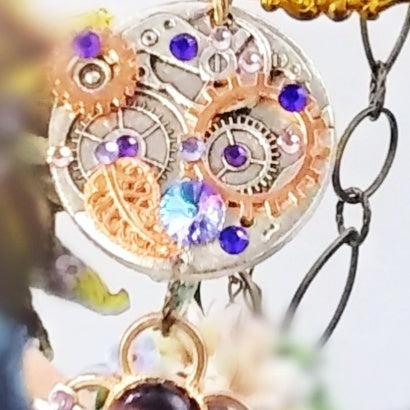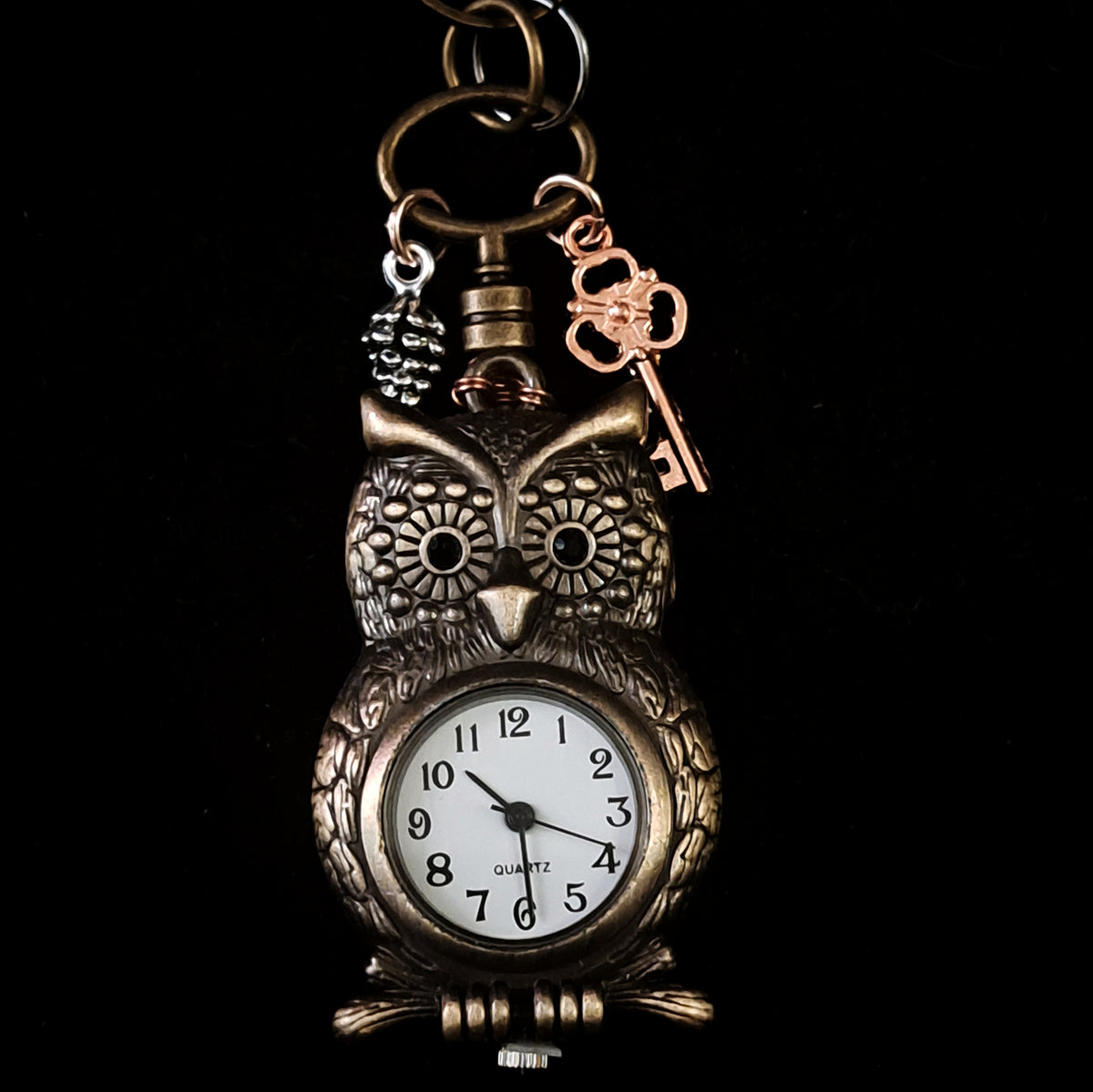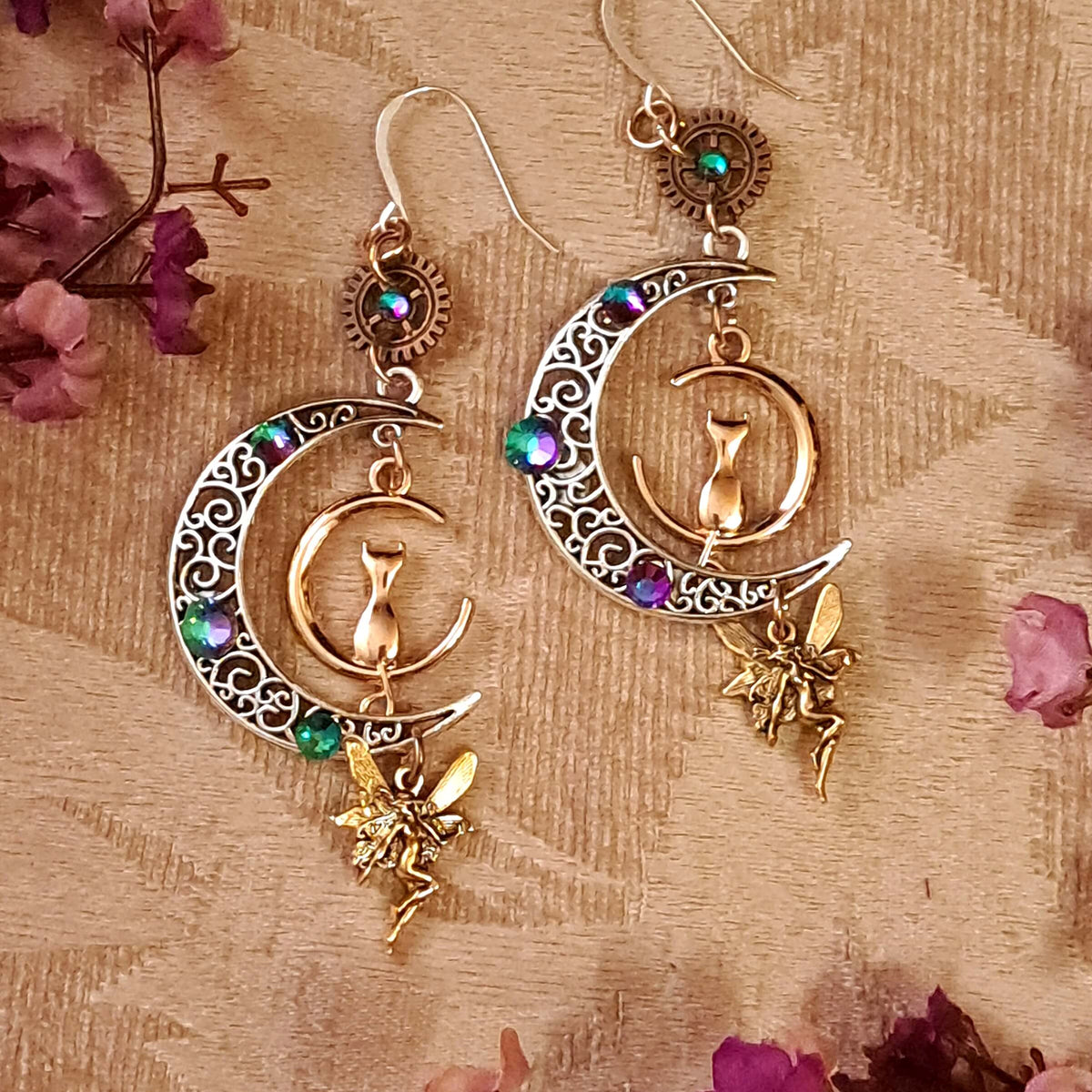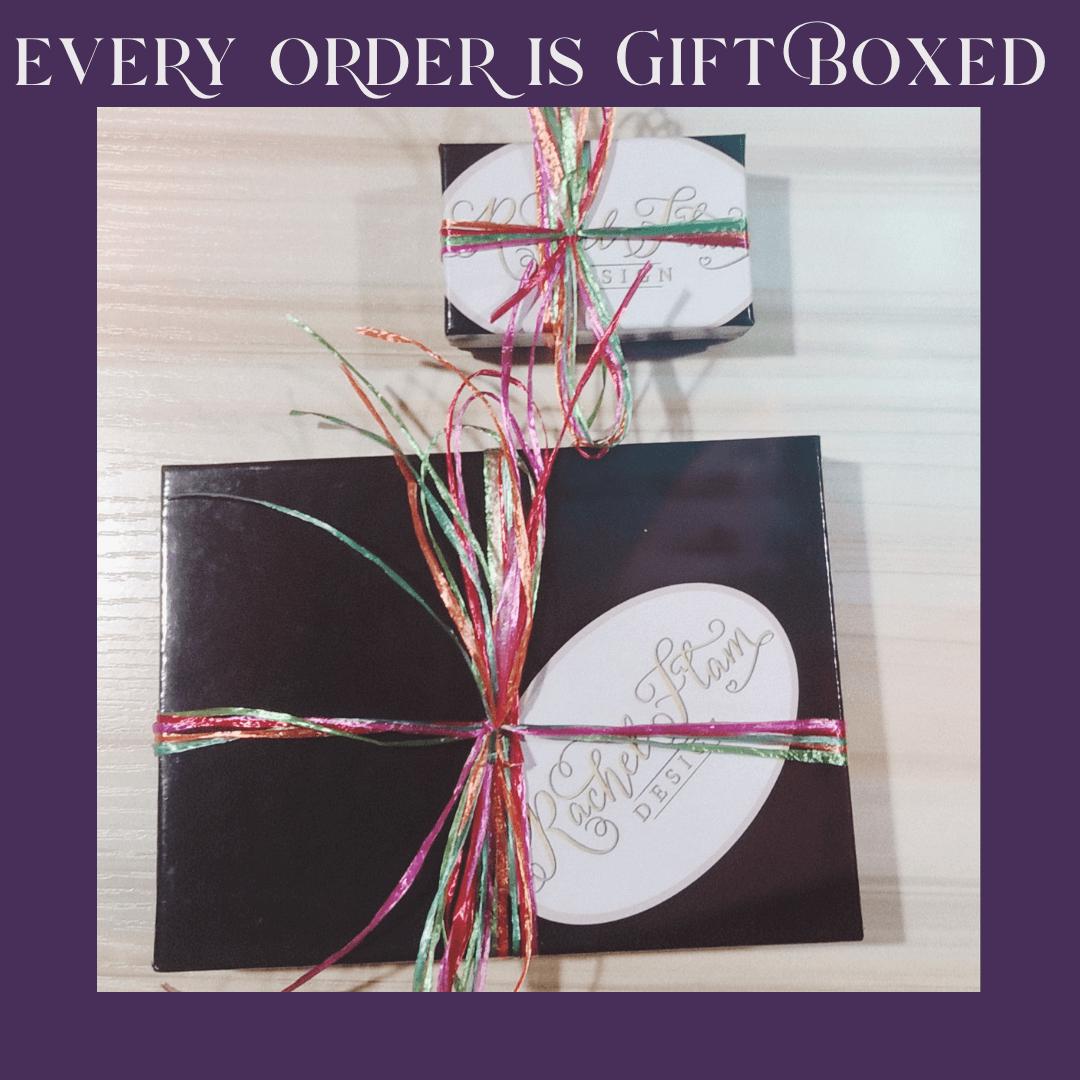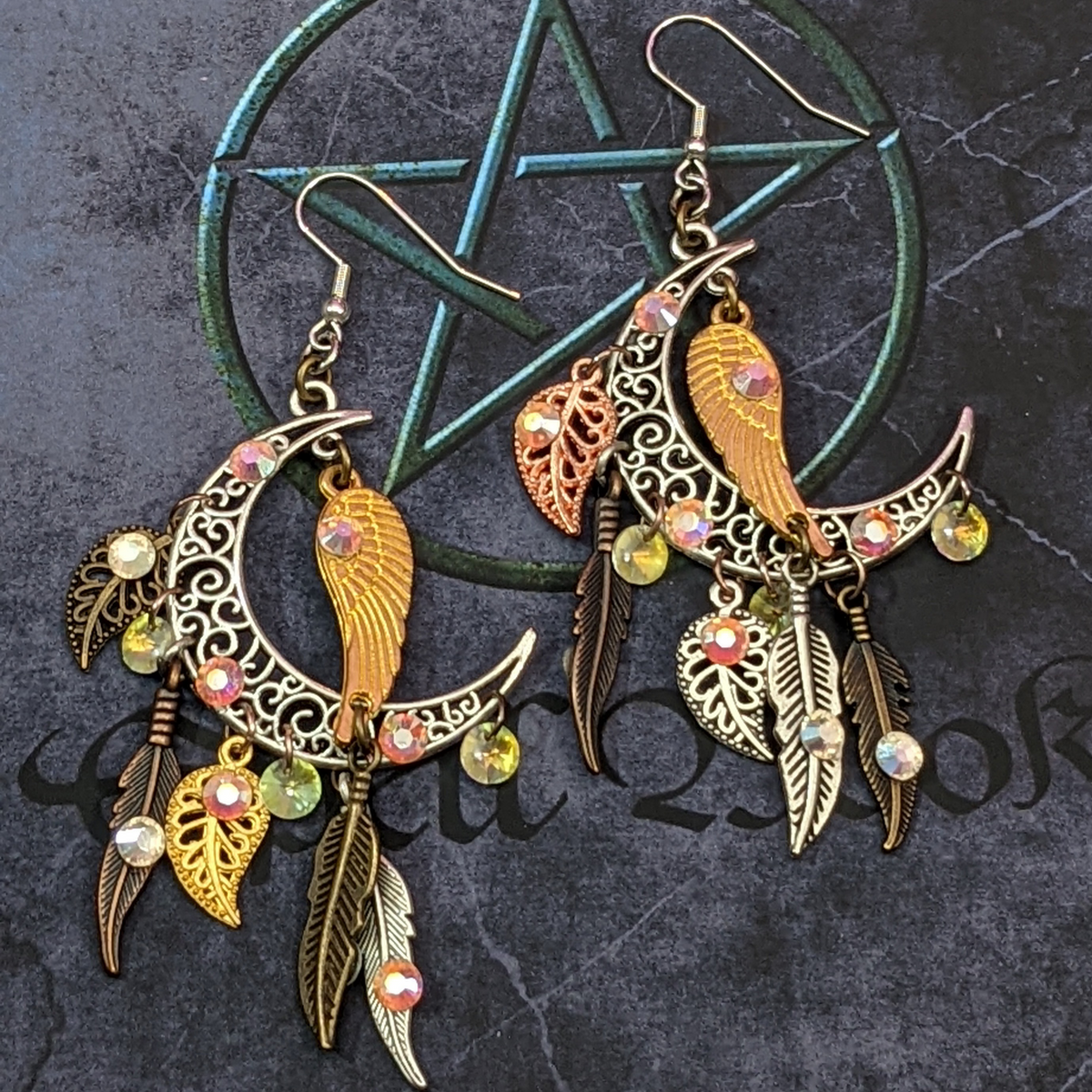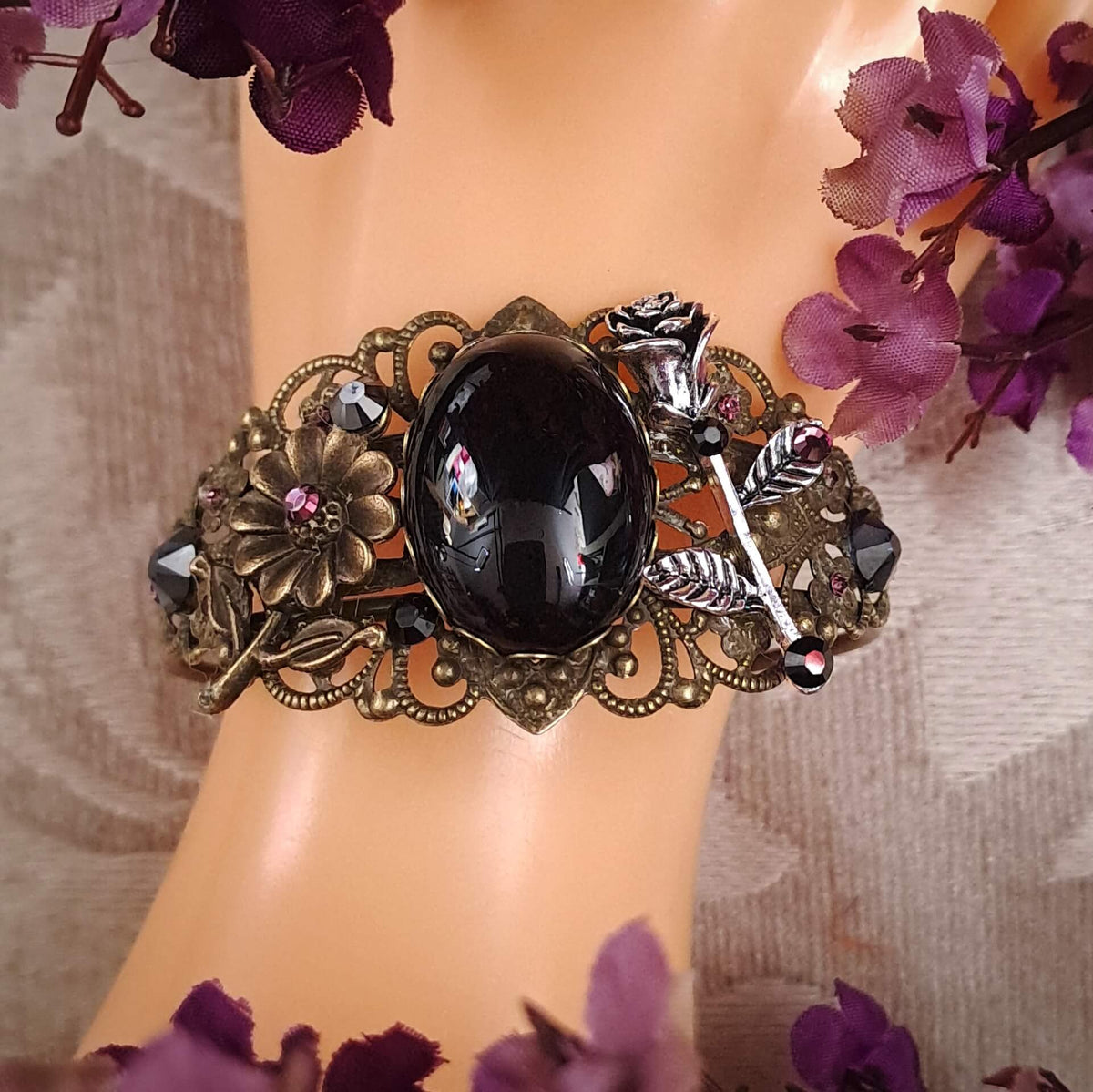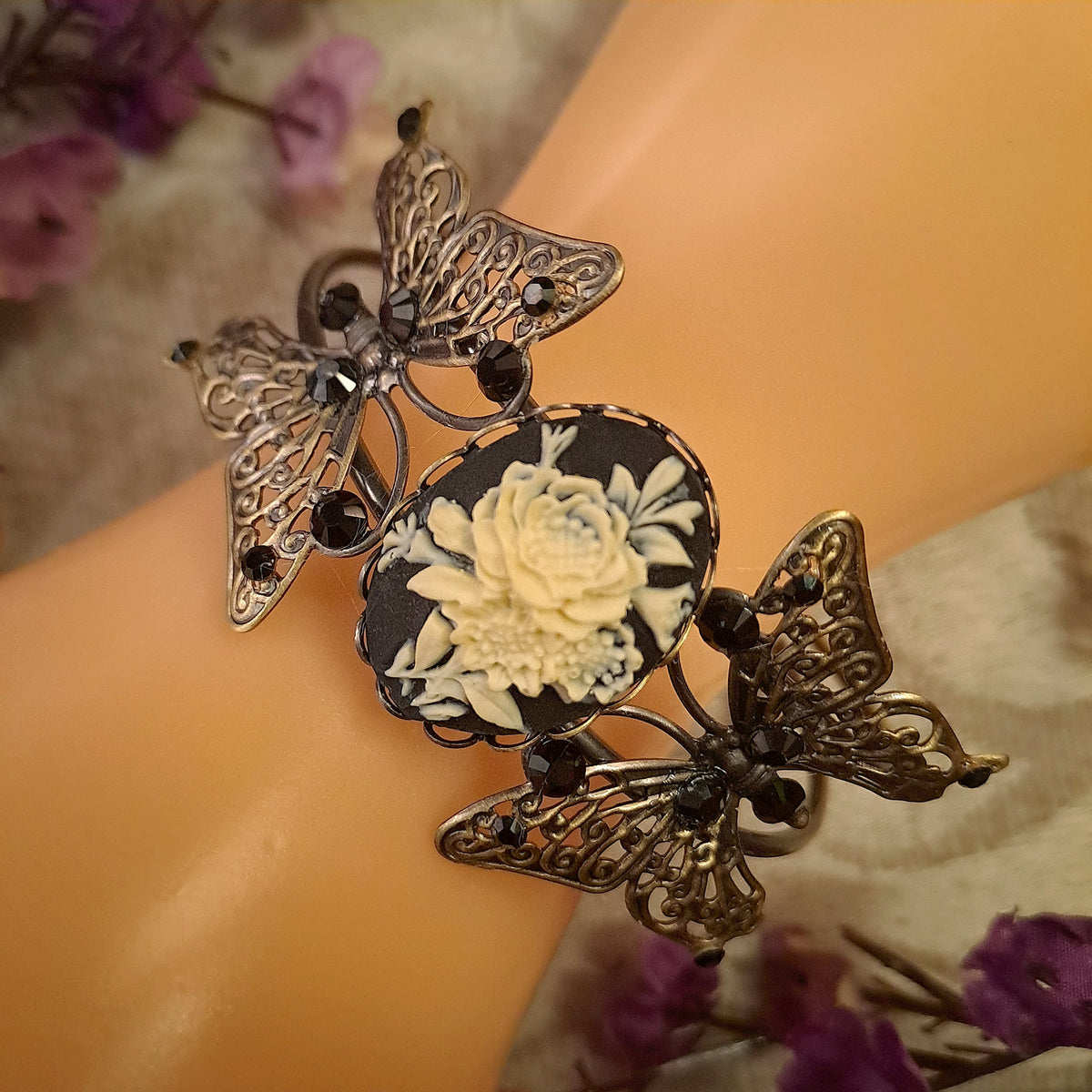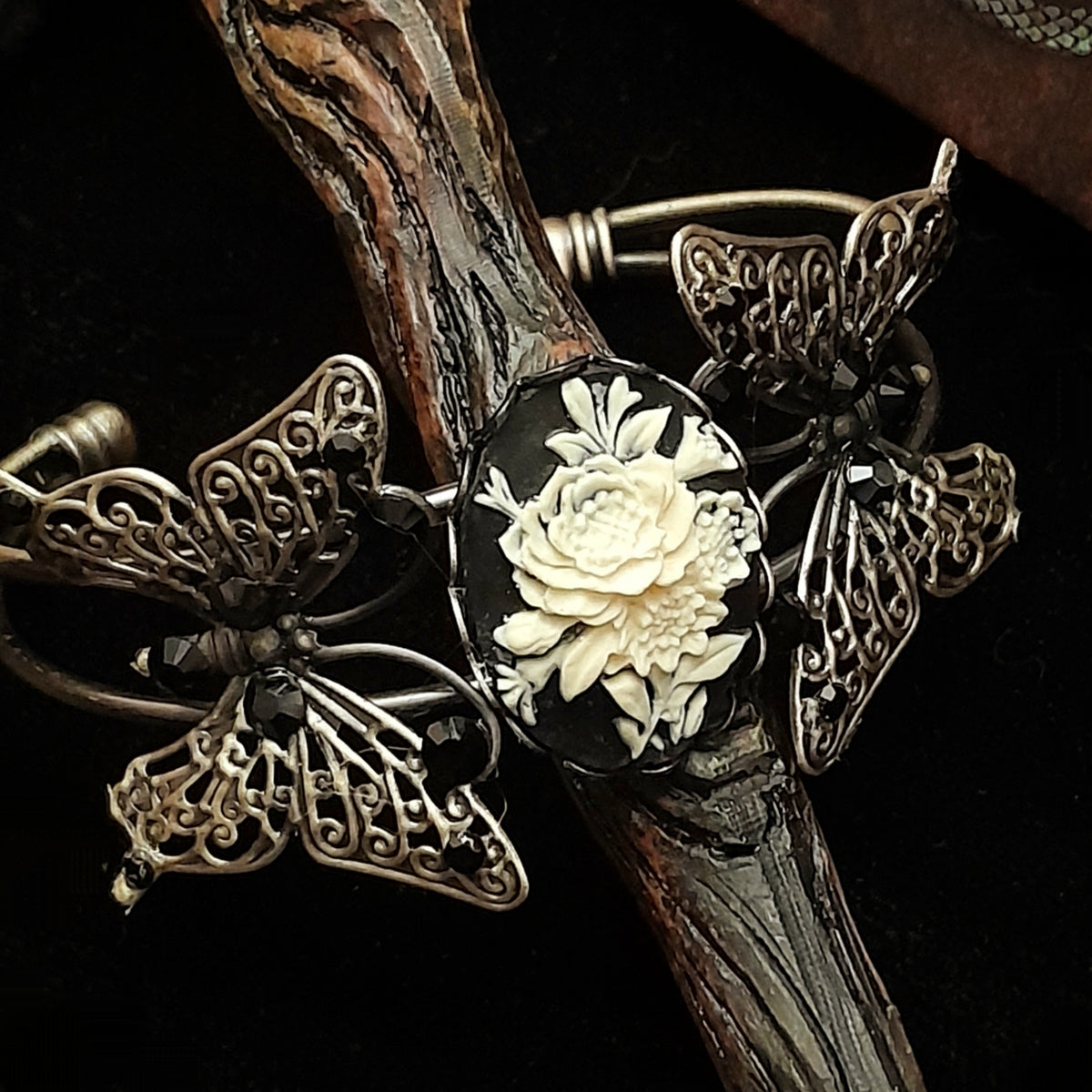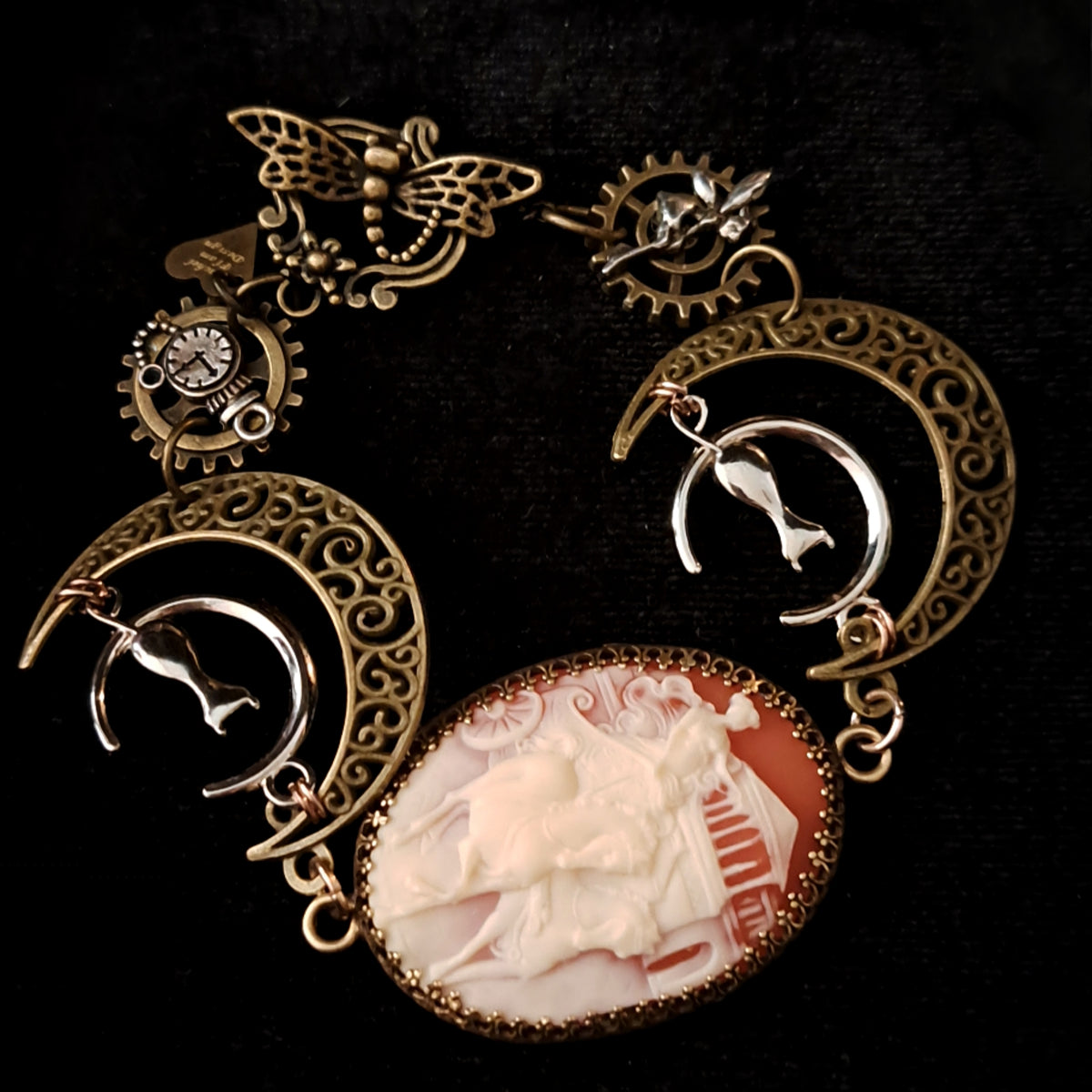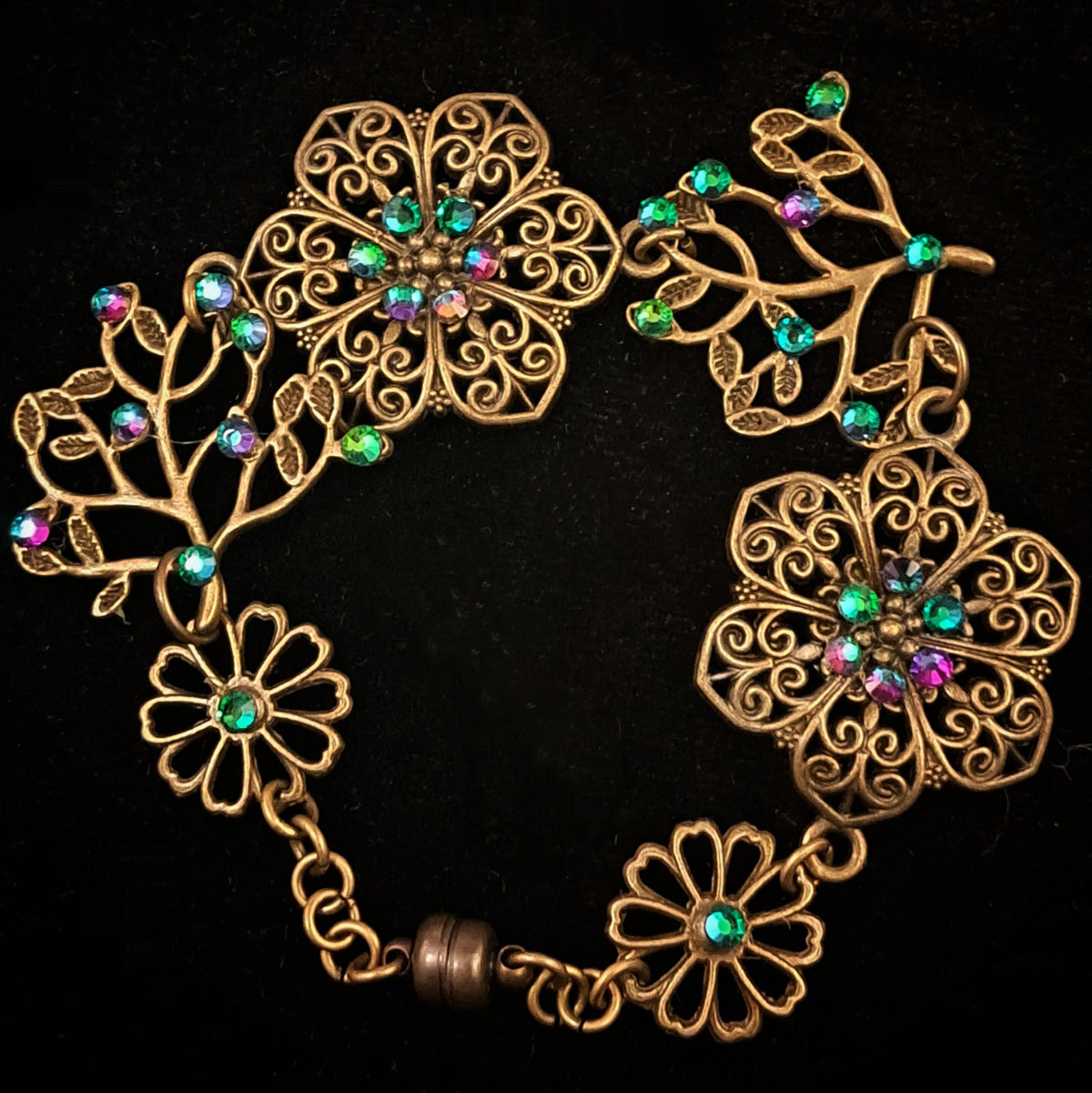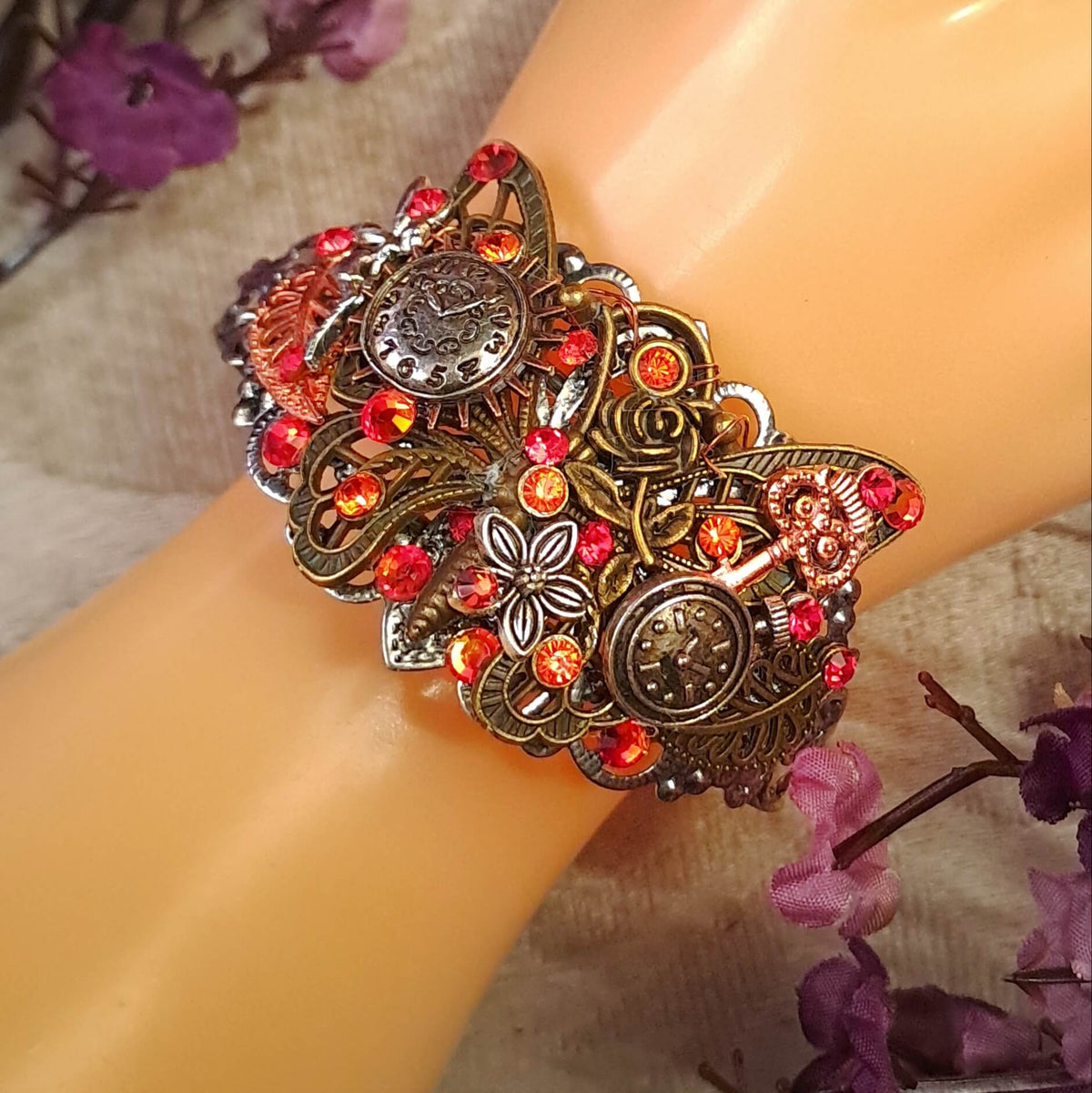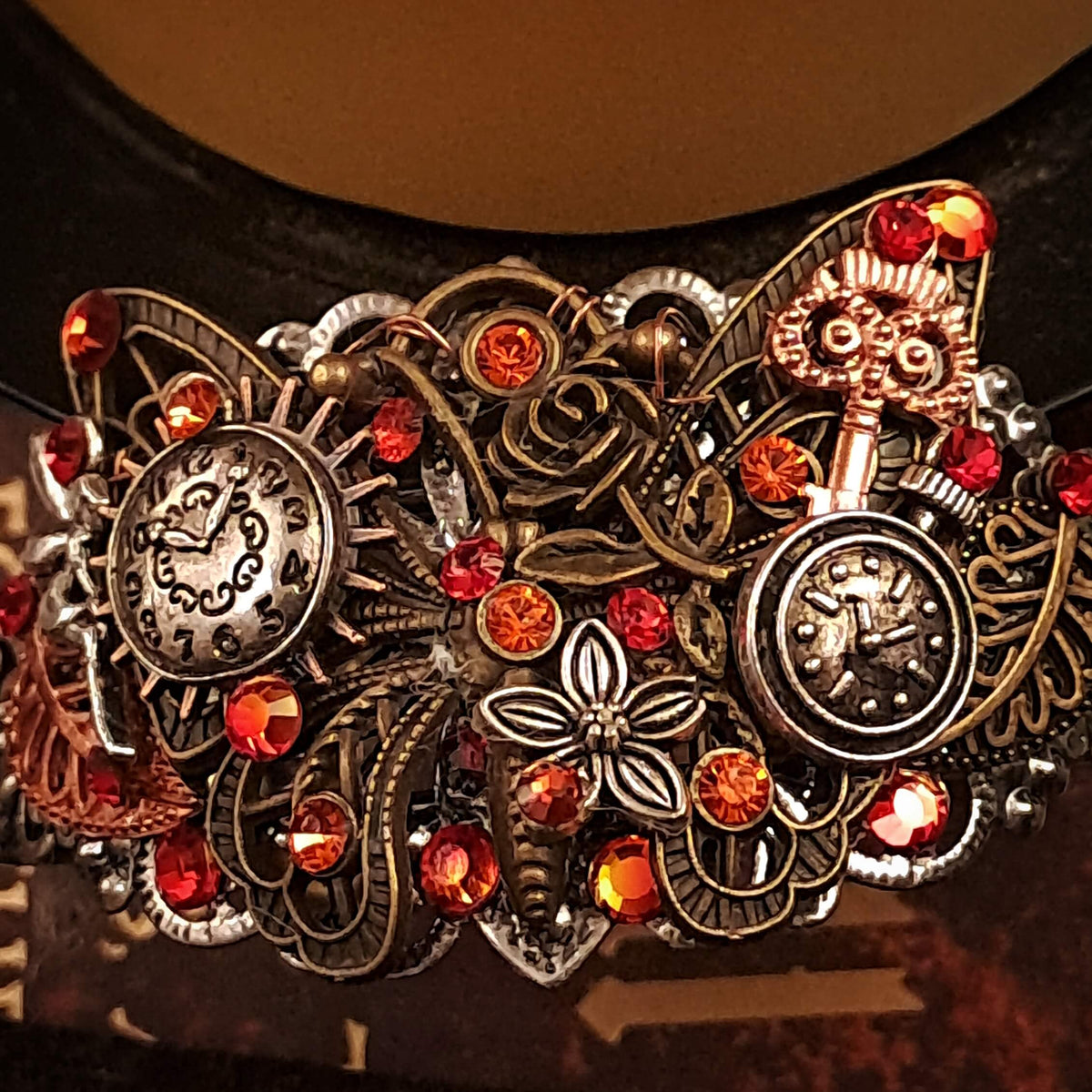Precious Gemstones, Man-Made Gemstones, Swarovski Crystals - Oh My!
Confused about what "crystals" really are?
Let's talk about the difference between natural organic crystals, man-made crystals, and gemstones.
Rock crystals:
Rock crystals are formations that are organic and form deep in the earth's crust. They're mined, cut, and polished.
Of these rock crystals, there are two groups – precious and semi-precious.
Precious rocks are more commonly called gemstones and include diamonds, rubies, emeralds, sapphire etc...
These gemstones are most commonly used in fine jewelry due to their high price points. Their cost is high because of their sparkle, fire, color, and how rare they are.
The semi-precious category of stones is much more available because they are less rare and they don't possess the same sparkle and fire.
Some of the more popular stones are rose quartz, amethyst, and aquamarine.
Man-made crystals:
These “crystals” (otherwise known as rhinestones) are created in a lab and are synthetic.
Technically, it's incorrect to call them crystals, but it's the name they've come to be known by, and thus the industry calls them crystals.
Swarovski crystals have become the worldwide leaders of these man-made rhinestones.
Here's the difference between Swarovski crystals and all other crystal manufacturers:
Swarovski® Crystals:
These lead glass crystals were invented by Daniel Swarovski. They have become the world's highest quality crystals, and all other leaded crystals are judged in comparison to them.
Mr. Swarovski found that adding lead into the crystals gave them magnificent sparkle and fire because the lead caused superb light refraction.
He invented an electric cutting machine which he patented in 1892.
This machine enabled cutting additional facets with high-quality precision in order to refract even more light, making the crystal even more sparkling and beautiful.
Genuine Swarovski crystals are made in only ONE place in the world – Austria.
The lead content in the crystals is the highest in the world (30%) and Swarovski still has the finest cutting machines.
Concerned about the lead in these crystals? Don't be!
Here's a quote from the official Swarovski website:
"At Swarovski we ensure our products adhere to strict regulations concerning product quality, safety, and origin. Swarovski crystals are conflict free, contain no substances of very high concern (SVHC), are not harmful to users and have passed human-ecological standards."
To read more about Swarovski's product compliance click here.
Due to the special machines and high lead content, Swarovski crystals cost significantly more than Czech crystals.
But how can you can identify a true Swarovski crystal?
Take a look at the image below. The facets of Swarovski crystals will always meet up at a single point, while imitations will not.
To an untrained eye it might be a bit difficult to see this, but any jeweler should be able to tell the difference right away.
For those with an "untrained" eye - what you'll notice is a much more brilliantly shining crystal, as opposed to a "duller" one.

Czech Crystals:
These lead glass crystals are also man-made and they are manufactured in the Czech Republic.
In order for crystals to be officially called “Czech” crystals, they must have at least 24% lead content.
(There are many companies that use acrylic or plastic and they cannot brand their products as crystals.)
Of the Czech crystals, the most well known are the Preciosa crystals and in fact, Daniel Swarovski worked for the company and learned everything he needed to know about lead crystals there, before starting his own company.
Preciosa Czech crystals have fewer facets than the Swarovski crystals. Preciosa have 8 facets while Swarovski crystals have either 12 or 14!
*This information is collected from a few sources on the web.


